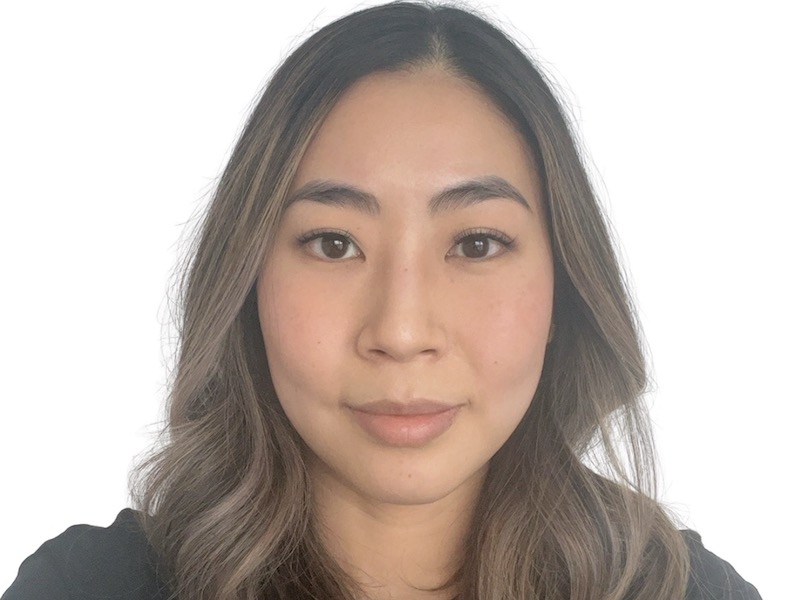
While medications used for treating inflammatory disease accounted for just 0.7 per cent of claims across Telus Health’s Canadian block of business in 2021, they represent the largest percentage of eligible drug costs at 12.6 per cent, due to the prevalence of high-cost treatments in this drug class.
By comparison, diabetes medications accounted for 12 per cent of eligible costs yet represent eight per cent of claims, due to high utilization and lower-cost treatments, said Vicky Lee, manager of pharmacy consulting at Telus Health, during a session at Benefits Canada‘s 2022 Benefits & Pension Summit on June 1.
While there were no new categories in the top 10 drug classes by eligible amount, she noted the stimulant attention-deficit/hyperactivity disorder class moved from seventh place to sixth place, representing the highest year-over-year growth within a category at 19 per cent, equivalent to $241 million of total eligible costs in 2021.
Read: Private drug plan spend increased 4.3% in 2021: report
“Our initial hypothesis was this may be linked to more students having to be at home for virtual learning in the past couple of years and parents were noticing those behaviours in person, which may have led to greater numbers of consultations and treatment by physicians,” she said. “But what was interesting is we actually saw the majority of growth in the class related to adult utilization, which we defined as anyone over the age of 18 years. . . . It appears it was actually the adults noticing certain behaviours in themselves and potentially seeking medical treatment.”
Lee noted the asthma therapeutic class dropped from fourth to fifth place with an 8.5 per cent decrease in eligible costs, possibly due to lower incidents of seasonal respiratory illness such as cold and flu, which can exacerbate asthma symptoms. However, while the overall class is trending lower, two biologics are growing in usage.
“These biologic agents have a much higher annual cost than the traditional asthma therapies and, as a result, it will be important to continue to track their utilization in the coming years to see if it continues to grow, as it could have impacts to plans if there’s a shift in the class to more costly therapies.”
A decrease in 2020 claims linked to fewer in-person medical appointments during the coronavirus pandemic may have led to a backlog of new claimants in 2021, she noted. Indeed, there was a 25 per cent spike in new cancer claimants and a 50 per cent increase in claims related to depression, likely due to the adverse mental-health effects of lockdowns and isolation.
Read: 2022 Drug Plan Trends Report: High-cost drugs, DEI shaping drug plans
Similarly, there was increased utilization of virtual health-care services during the pandemic. While the percentage of plan members who used a virtual pharmacy grew by 500 per cent, the number of claims related to these platforms grew by 300 per cent, indicating these plan members may be on fewer medications overall, said Lee.
And while a 1,700 per cent increase in the cost of these claims may appear to signal that more high-cost drugs are being dispensed through virtual pharmacies, she provided some context to the finding.
“In 2020, there was a virtual pharmacy based in Quebec that came to the market with a focus on specialty high-cost medications — this one location was driving the majority of this cost growth. . . . Not necessarily all virtual pharmacies are associated with higher-cost drugs and spend.”
Read more coverage from the 2022 Benefits & Pension Summit.
